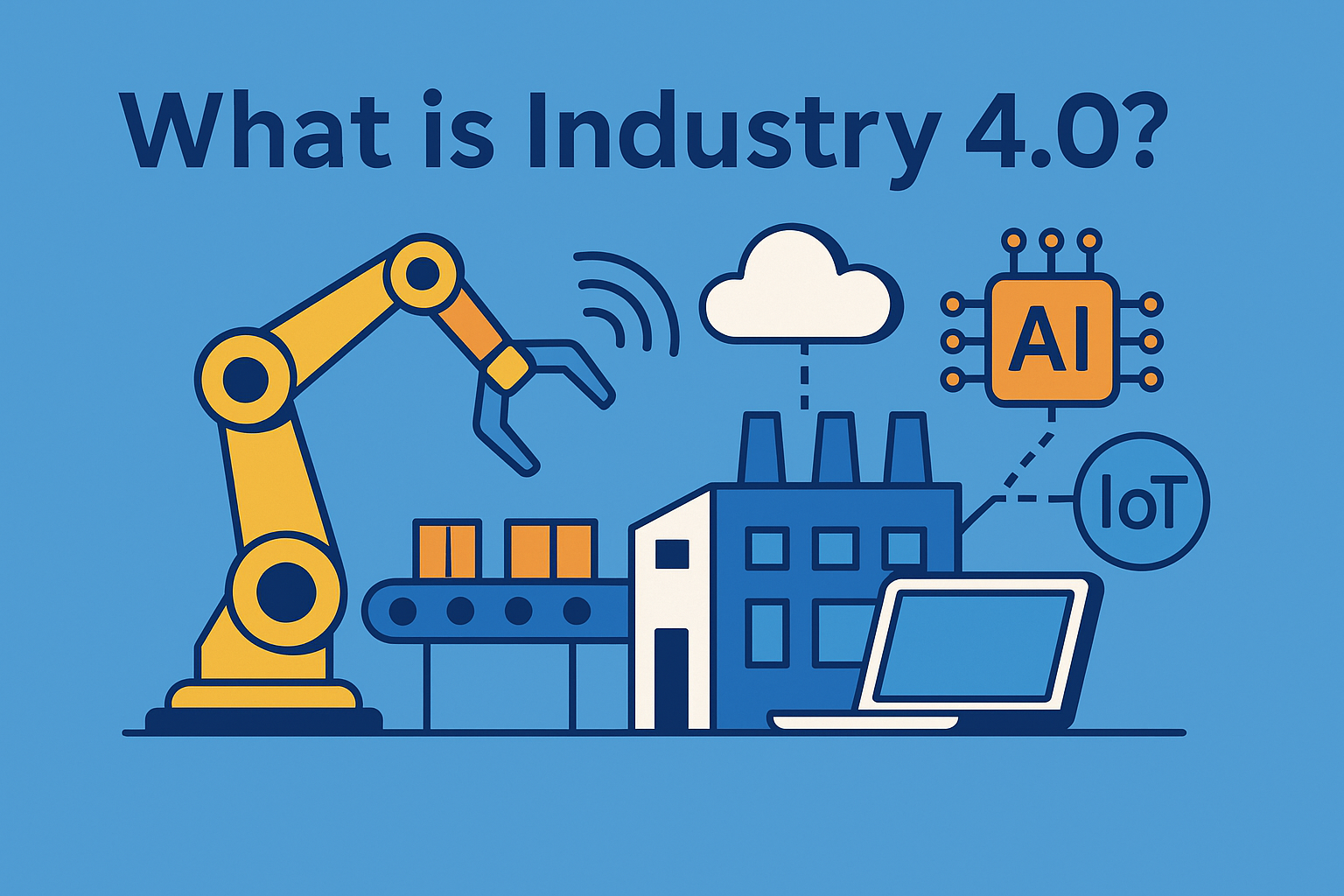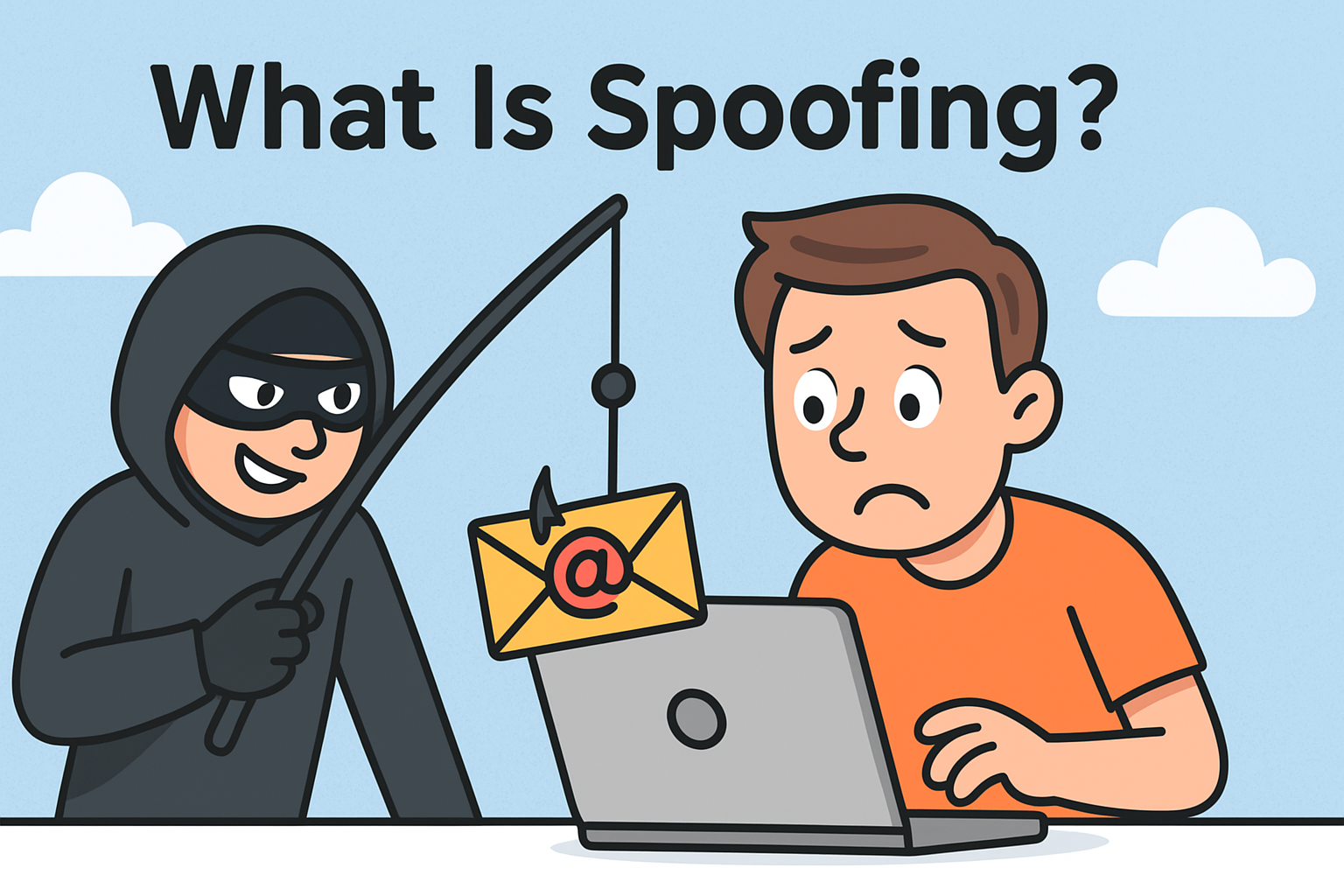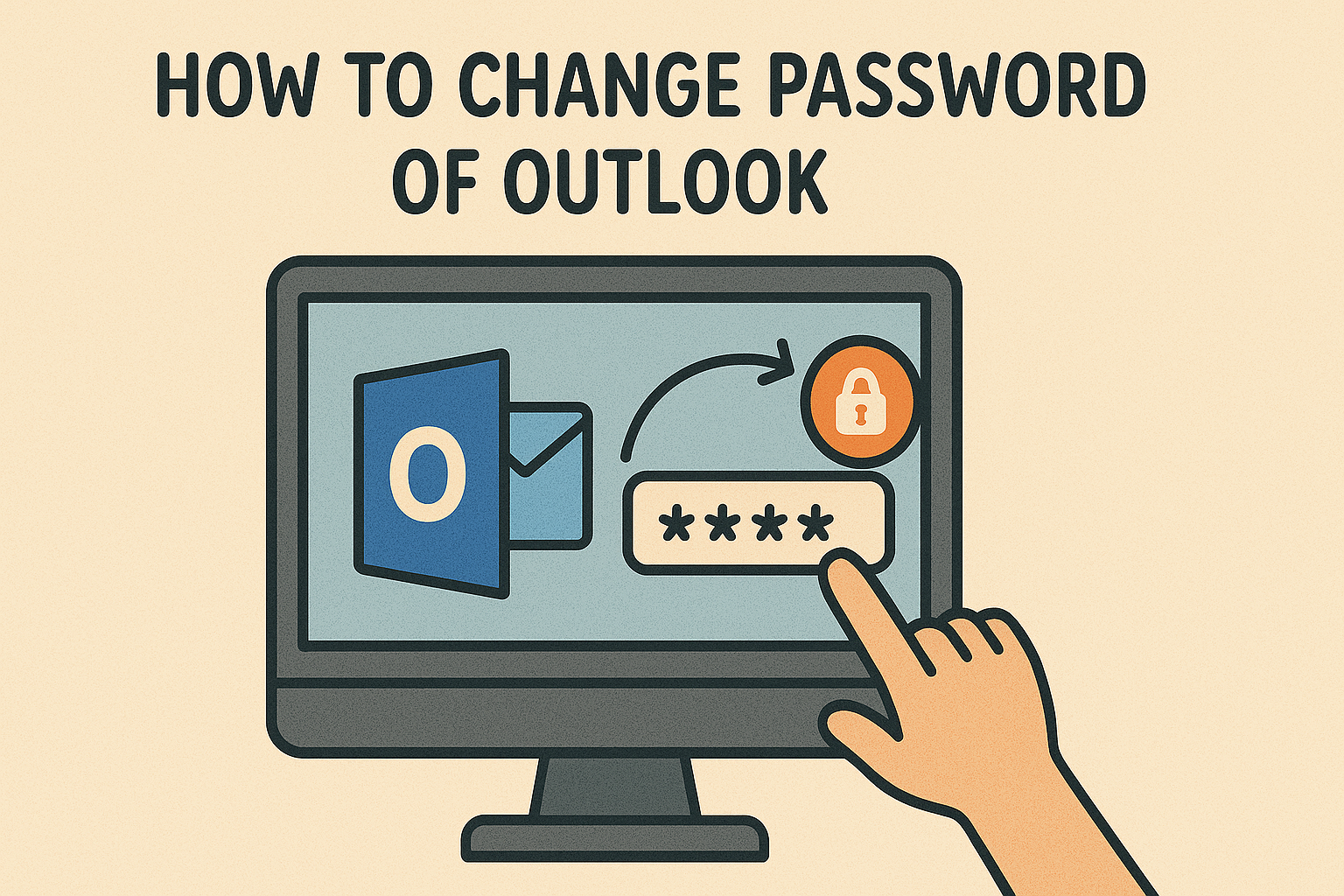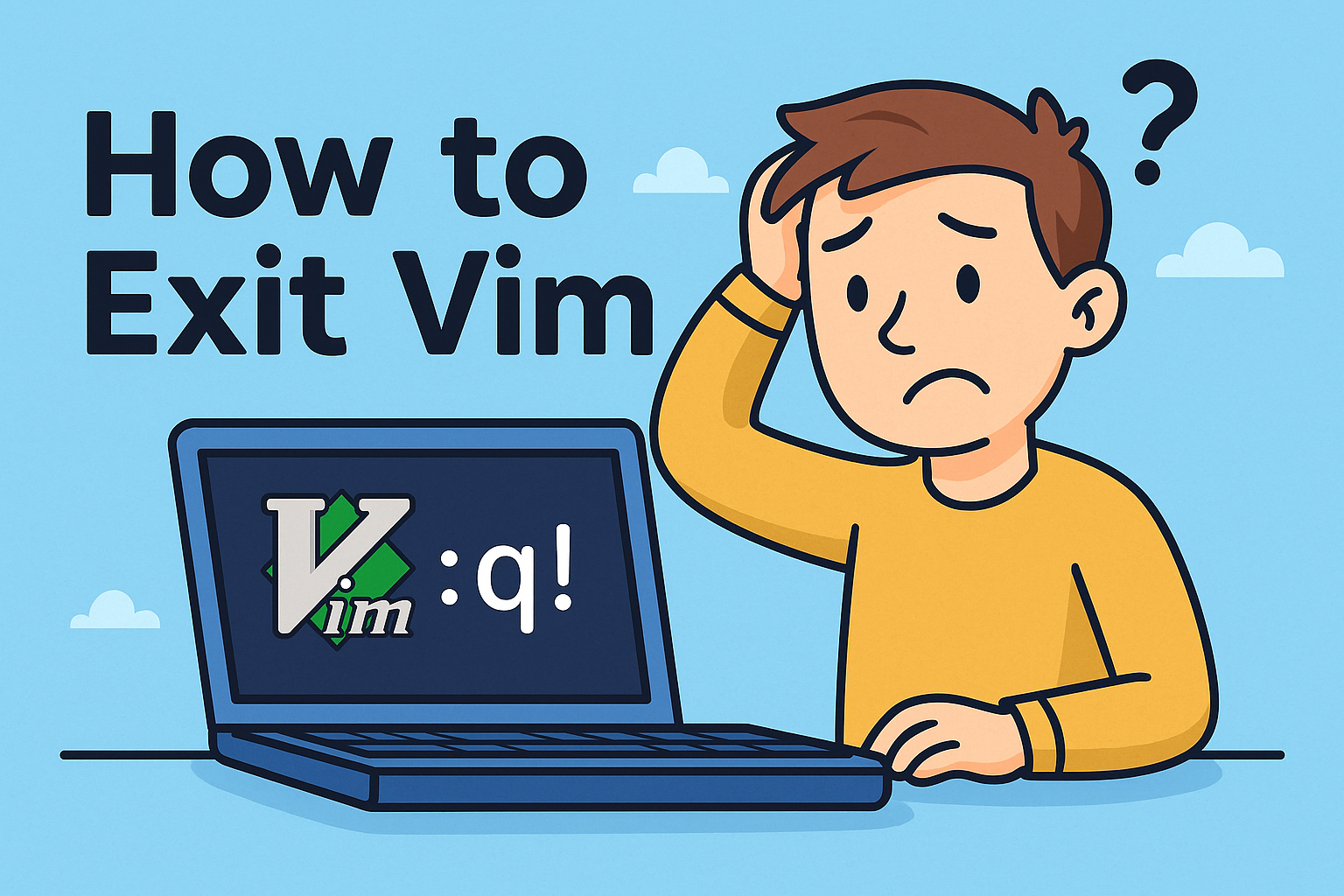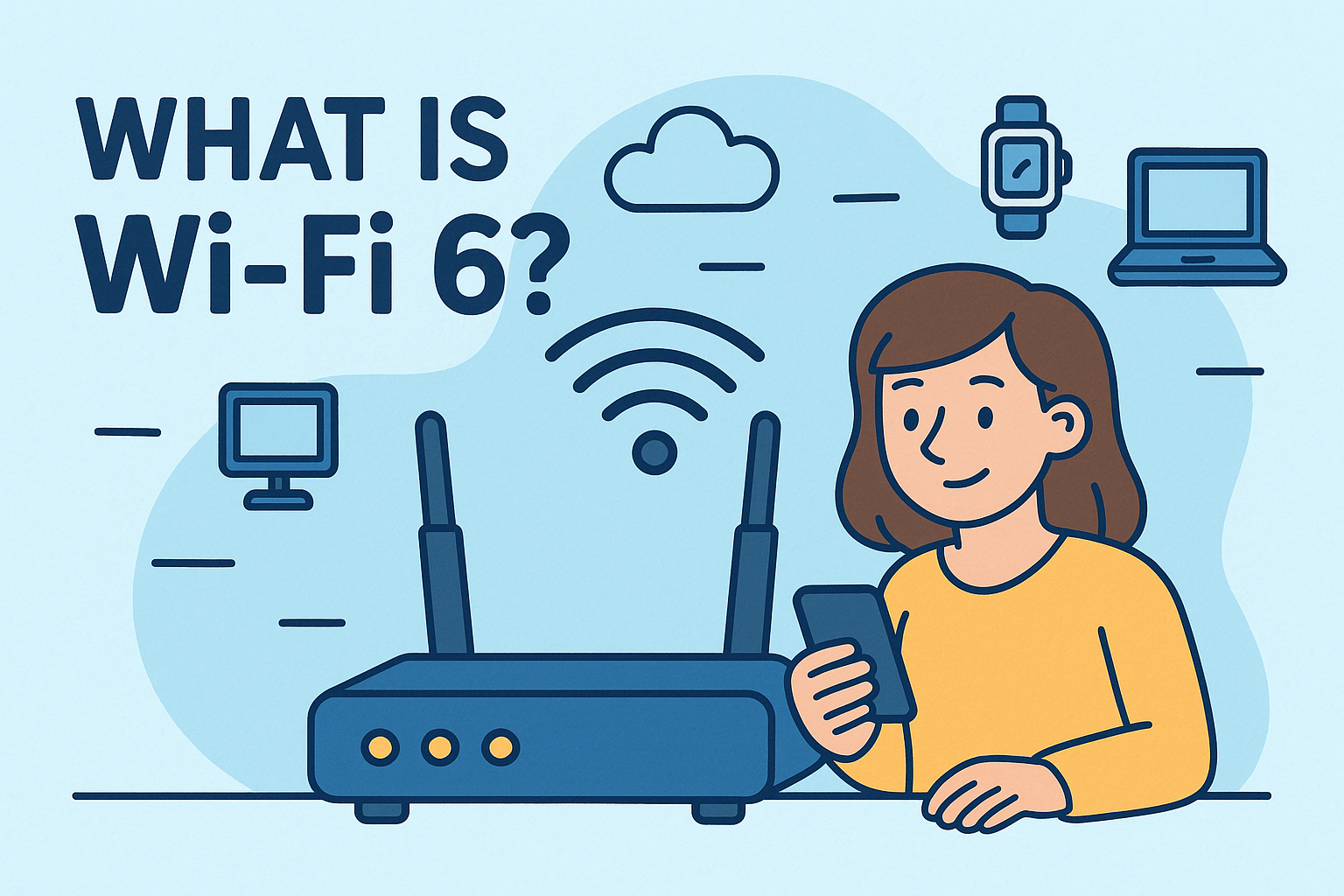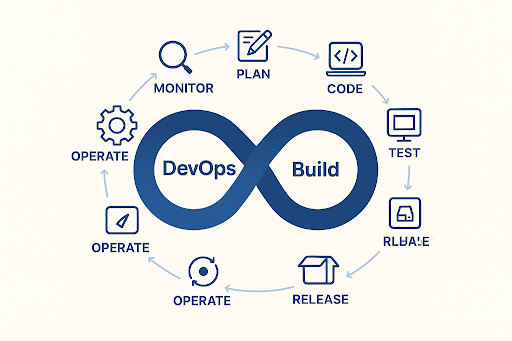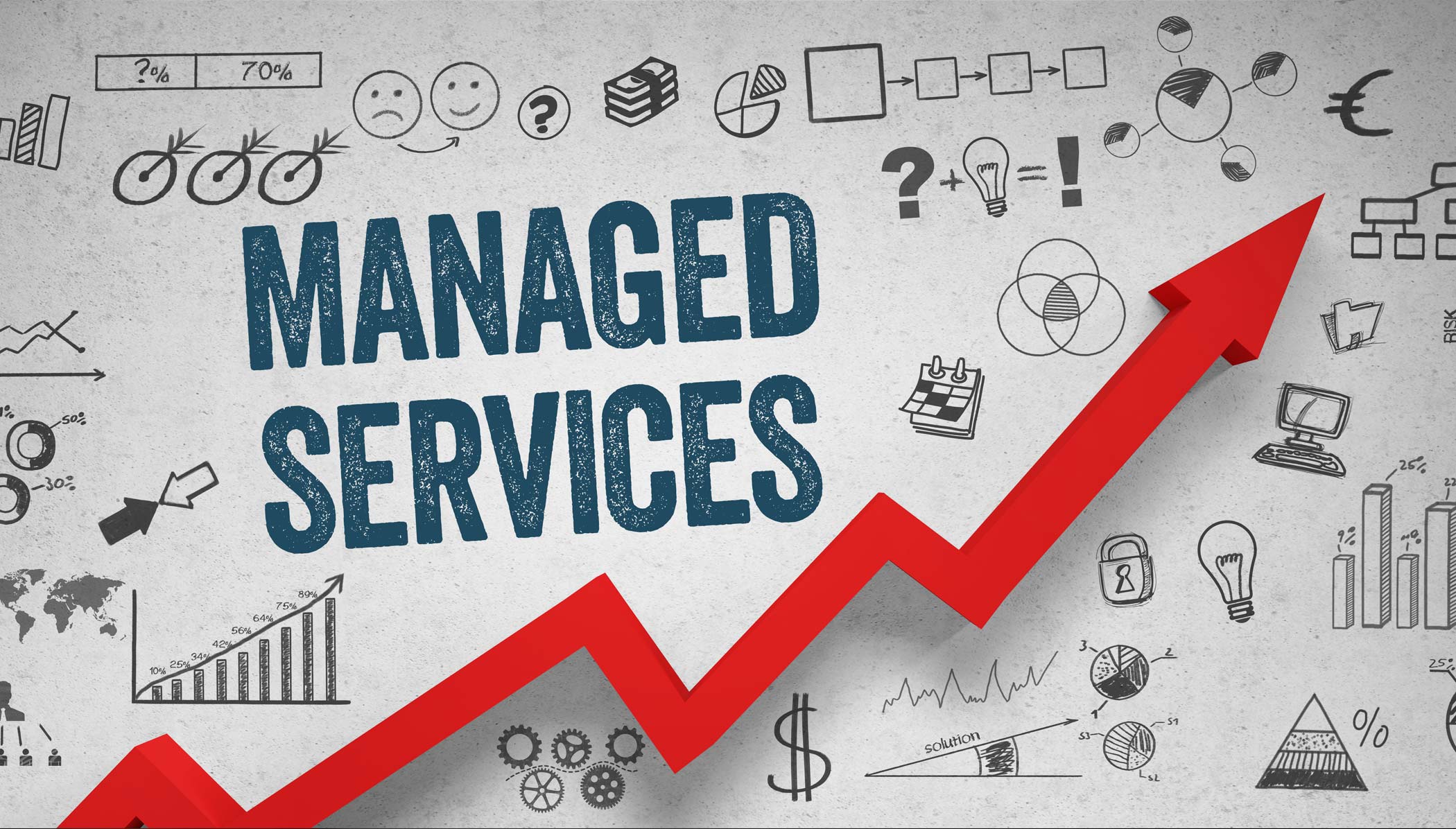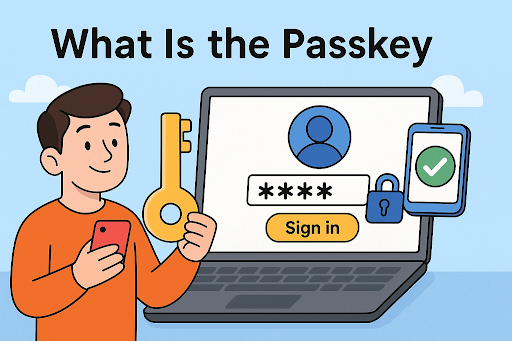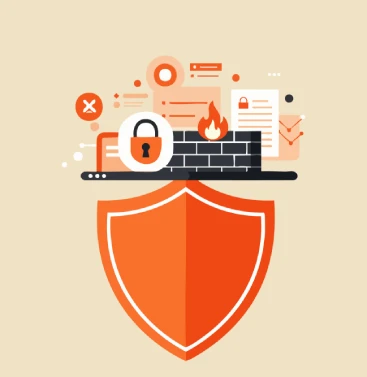What Is 5GE? Understanding AT&T’s “5G Evolution” and Its Business Impact
Updated on October 10, 2025, by Xcitium
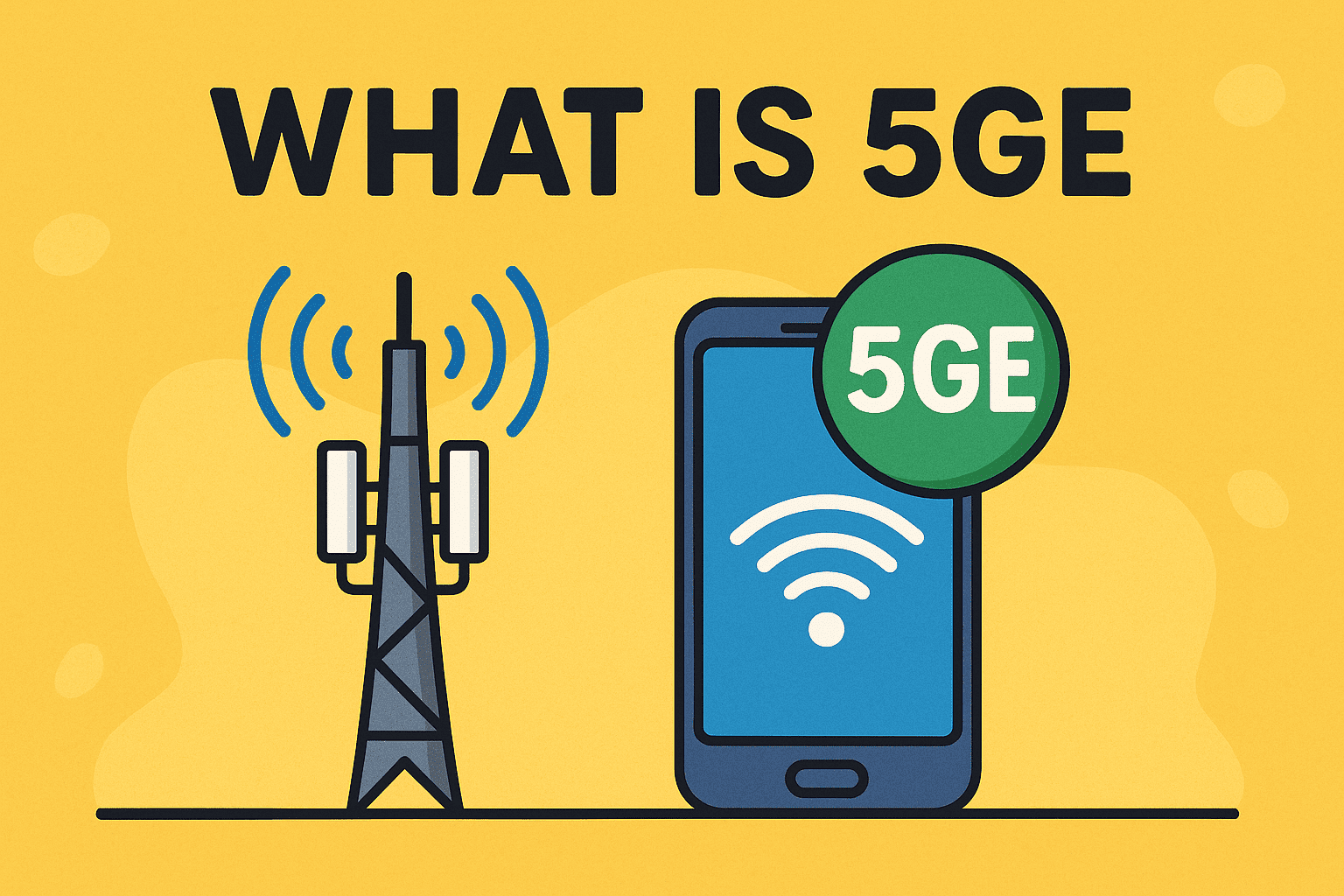
If you’ve ever looked at your phone and noticed the “5GE” icon, you might assume you’re already connected to the next-generation 5G network. But here’s the reality: 5GE is not true 5G.
Introduction: Why Ask “What Is 5GE?”
So, what is 5GE? The term “5GE,” short for 5G Evolution, was introduced by AT&T to brand its enhanced 4G LTE Advanced network. While it provides faster speeds than standard LTE, it does not offer the full capabilities of genuine 5G, such as ultra-low latency and massive device connectivity.
For IT managers, cybersecurity leaders, and executives, understanding the difference between 5GE and real 5G is crucial for making smart investments in connectivity, security, and digital transformation.
1. What Is 5GE?
5GE (5G Evolution) is AT&T’s marketing term for an upgraded 4G LTE Advanced network. It uses technologies like carrier aggregation, 4×4 MIMO (Multiple Input Multiple Output), and 256 QAM to improve speeds and reliability.
Key Facts About 5GE:
-
It’s not real 5G, but rather advanced 4G LTE.
-
Delivers faster speeds than standard 4G, sometimes reaching 100–300 Mbps.
-
Branded as “5G Evolution” by AT&T starting in 2018.
-
Uses existing LTE infrastructure, not the new 5G standard.
👉 In short: 5GE is enhanced 4G, not the next-generation network many expect.
2. How 5GE Differs from True 5G
Understanding 5GE vs 5G helps businesses and consumers avoid confusion.
| Feature | 5GE (LTE Advanced) | True 5G (NR – New Radio) |
|---|---|---|
| Technology | Enhanced 4G LTE | New 5G NR standard |
| Speed | 100–300 Mbps | 1–10 Gbps |
| Latency | ~30–50 ms | 1–10 ms |
| Spectrum | Existing LTE spectrum | New millimeter-wave, mid-band, and low-band |
| Use Cases | Faster mobile browsing, streaming | IoT, autonomous vehicles, AR/VR, smart cities |
👉 5GE is a stepping stone, while 5G is a game-changer.
3. Why Did AT&T Launch 5GE?
AT&T introduced 5GE in 2018 as part of its network upgrade strategy.
-
Marketing Play: To show progress toward 5G adoption.
-
Transitional Technology: Leveraging LTE advancements before nationwide 5G rollout.
-
Competitive Positioning: Differentiate from Verizon and T-Mobile during the 5G race.
While it boosted consumer awareness, it also sparked controversy because many believed it was misleading.
4. The Controversy Around 5GE
Many critics argue that AT&T’s “5GE” branding misled customers.
-
FTC Complaints: Some lawsuits claimed the label created false impressions of 5G service.
-
Consumer Confusion: Users thought they had 5G, but speeds were often similar to LTE-A.
-
Industry Pushback: Competitors and analysts called it a marketing gimmick.
👉 For businesses, this highlighted the importance of understanding connectivity labels before upgrading infrastructure.
5. Business Impact of 5GE
So, what does 5GE mean for enterprises?
Pros:
-
Faster speeds than standard 4G LTE.
-
Better mobile productivity for remote workers.
-
Wider coverage than early 5G rollouts.
Cons:
-
Lacks ultra-low latency critical for IoT and real-time apps.
-
Cannot support next-gen use cases like smart factories or AR/VR.
-
May create false expectations about 5G readiness.
👉 Businesses relying on advanced use cases should not confuse 5GE with 5G.
6. Cybersecurity Considerations with 5GE
While 5GE enhances speed, it carries the same security risks as 4G LTE.
-
Encryption Limits: Vulnerable to IMSI catchers and spoofing attacks.
-
IoT Security Gaps: Not designed for massive IoT deployments.
-
Man-in-the-Middle Threats: Similar risks as LTE connections.
-
Data Privacy Concerns: Increased speeds mean faster data exfiltration if breached.
👉 IT managers should treat 5GE networks with the same security policies as LTE.
7. Use Cases for 5GE Today
Although not “true 5G,” 5GE still benefits organizations in certain scenarios.
-
Remote Work: Supports higher-quality video conferencing.
-
Mobile Workforce: Faster file downloads for field employees.
-
Small Businesses: Affordable alternative until 5G matures.
-
Streaming & Cloud Apps: Improves performance for SaaS usage.
👉 5GE is a bridge technology for current mobile workflows.
8. The Transition from 5GE to 5G
The move from 5GE to 5G is a natural progression.
-
5GE = Transitional Upgrade (Enhanced 4G LTE).
-
5G = Revolutionary Leap (New radio, spectrum, and architecture).
-
As 5G expands, 5GE will phase out, serving as a reminder of LTE’s evolution.
For IT leaders, planning now for 5G infrastructure adoption is key to staying competitive.
9. The Future Beyond 5GE
As real 5G matures, businesses can expect:
-
1–10 Gbps Speeds: Supporting massive data workloads.
-
Ultra-Low Latency: Enabling autonomous vehicles, AR, and real-time AI.
-
IoT Expansion: Billions of connected devices with secure communications.
-
Private 5G Networks: Enterprises running their own secure wireless ecosystems.
-
Cybersecurity Evolution: New protocols and challenges in protecting 5G traffic.
👉 The true benefits will only come with 5G adoption—not 5GE.
Quick 5GE Checklist
✅ 5GE = Enhanced 4G LTE, not real 5G
✅ Faster than LTE, but not future-ready
✅ Good for mobile productivity, not IoT or AR/VR
✅ Security risks similar to LTE networks
✅ Businesses must plan for true 5G adoption
FAQs on 5GE
1. What is 5GE in simple terms?
It’s AT&T’s term for advanced 4G LTE technology, not true 5G.
2. Is 5GE faster than 5G?
No. 5GE is faster than LTE but significantly slower than real 5G.
3. Why does my phone show 5GE?
If you’re on AT&T’s upgraded LTE network, your phone may display “5GE.”
4. Does 5GE support IoT devices?
Limited. It lacks the ultra-low latency and scalability of true 5G for IoT.
5. Should businesses rely on 5GE?
It’s fine for temporary use but not a replacement for 5G in advanced IT strategies.
Final Thoughts
Asking “what is 5GE?” highlights the importance of separating marketing terms from technical realities. While AT&T’s 5GE offers faster-than-LTE performance, it should not be mistaken for true 5G.
For IT managers, cybersecurity professionals, and executives, the takeaway is clear: 5GE is a bridge, not the destination. Businesses preparing for digital transformation, IoT, and next-gen connectivity must look ahead to true 5G adoption.
🚀 Ready to secure your IT environment as connectivity evolves?
Request a demo of Xcitium’s advanced security solutions today and prepare your business for the 5G era.


